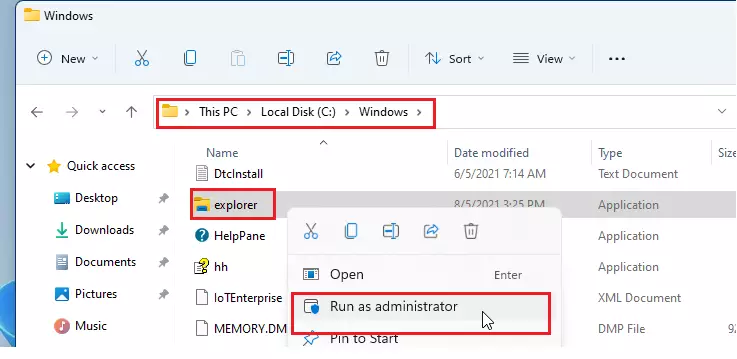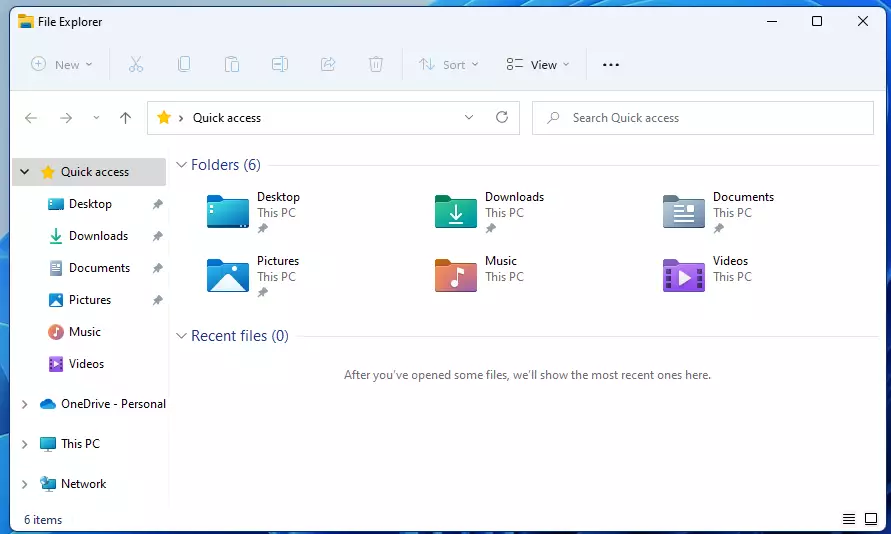This article explains how to open and run File Explorer as an administrator in Windows 11.
Alternatively referred to as Windows Explorer or Explorer, File Explorer is a file and folder browser found in every version of Windows. It is used to browse your PC’s hard drives (internal or external), folders, and files.
By default, when you open File Explorer in Windows, it opens with normal privileges. If you sign into Windows as an administrator, File Explorer will open with administrative privileges. But in a typical environment, no one ever logs in as an administrator.
If you’re not signed in as an administrator but want to open the File Explorer with administrator privileges, the steps below will show you how.
To run programs or services as an administrator, your account must be a member of the administrator’s group. The first account created when you installed Windows is automatically added to the administrator group by default.
How to open File Explorer in Windows as an administrator
As mentioned above, users can open File Explorer with administrative privileges. Since File Explorer opens with standard privileges, use the steps below to open it as an administrator.
First, open File Explorer from the Taskbar or press the Windows + E keys on your keyboard.
Then browse to the C:\Windows folder, locate the explorer app, then right-click and select Run as administrator.

A new File Explorer window will be opened with administrator privileges.

Another way to run File Explorer as an administrator is to open the Task Manager in Windows and run File Explorer as a task from there.
First, open the Task Manager in Windows 11.
Then select More details if presented. Next, click File ==> Run a new task as highlighted below.

On the pop-up window that opens, check the box that reads “Create this task with administrative privileges,” then type the commands below inside the box and press the ENTER key.
explorer.exe

When you press the ENTER key, a new File Explorer window will open with administrator privileges.
That should do it!
Conclusion:
- Opening File Explorer with administrative privileges can enhance your ability to manage files and folders effectively.
- You can easily run File Explorer as an administrator using the right-click option or through the Task Manager.
- Ensuring your account has administrator permissions is crucial for executing these tasks.
- Familiarize yourself with these steps to optimize your Windows 11 experience and improve your productivity.
- Experiment with both methods to determine which one works best for your workflow.

Leave a Reply Cancel reply